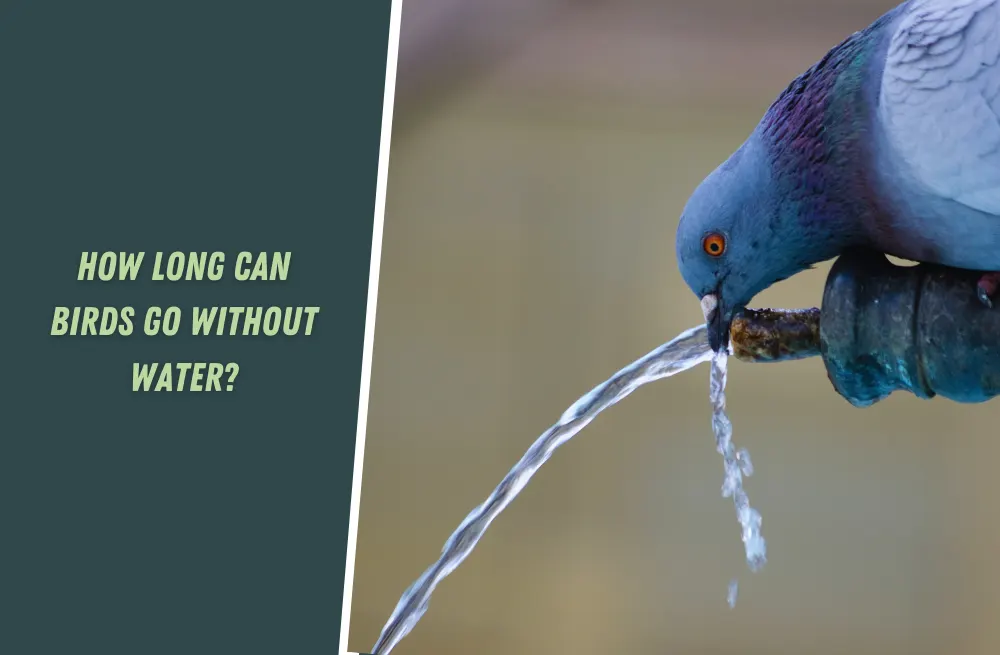Catfish are a diverse group of freshwater and saltwater fish known for their distinctive whisker-like barbels and scaleless bodies. These fish are found in a variety of environments, from shallow ponds and streams to deep oceans, and play important ecological and economic roles in many ecosystems.
To understand and manage catfish populations, it’s important to have a good understanding of what they eat and how their diets may be affected by different environmental factors.
In this article, we will explore the topic of what catfish eat in detail. We will discuss the different types of food that catfish are known to consume, the factors that can influence their diets, and how their diets may vary in different environments.
Whether you are a fisherman, a fish farmer, or just a curious observer of nature, this article will provide you with valuable insights into the diets of these fascinating fish.
Overview of Catfish
| Some Catfish Species | Description |
|---|---|
| Channel Catfish | Common in rivers and lakes, they eat a variety of prey including insects, fish, and crayfish. |
| Blue Catfish | Found in large rivers and reservoirs, they primarily eat fish but also consume crayfish and insects. |
| Flathead Catfish | Inhabits large rivers and lakes, they are primarily predatory and feed on live fish. |
| Bullhead Catfish | Found in smaller streams and rivers, they feed on aquatic insects, small fish, and crustaceans. |
| White Catfish | Found in warm water rivers and lakes, they feed on a variety of prey including insects, crayfish, and small fish. |
Catfish are a diverse group of fish that can be found in almost every corner of the world, inhabiting both freshwater and saltwater environments. With over 3,000 known species, catfish come in a wide range of shapes, sizes, and colors, and exhibit a variety of behaviors and adaptations.
Catfish are most commonly found in freshwater habitats, such as rivers, lakes, and ponds, but some species are also found in saltwater environments, including coastal waters and estuaries.
Some of the most well-known catfish species include channel catfish, blue catfish, flathead catfish, and bullhead catfish.
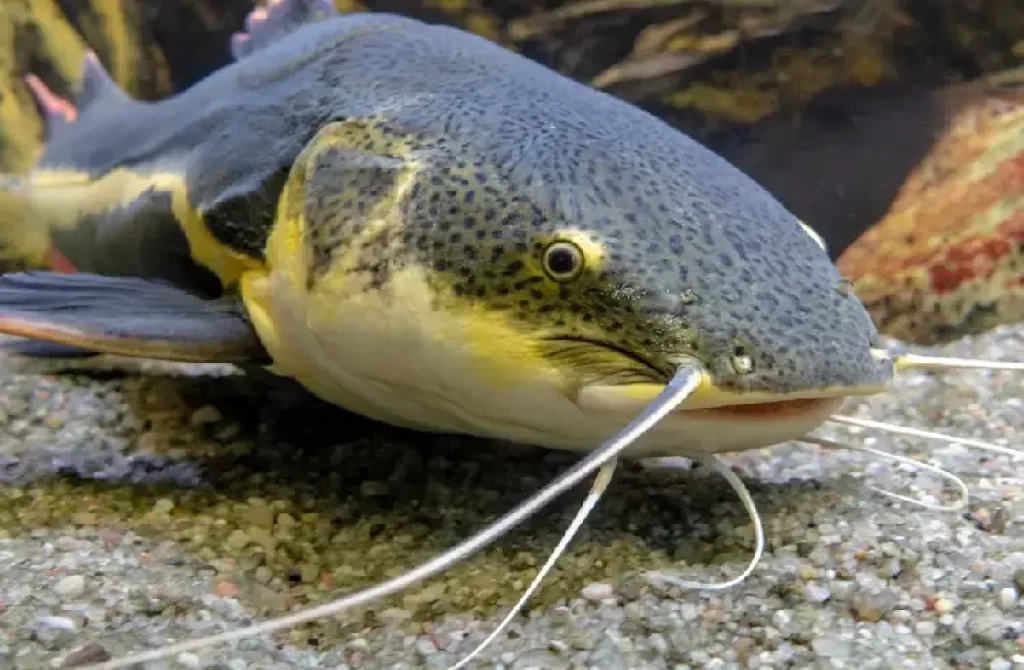
One of the unique features of catfish is their scaleless bodies, which are well-adapted to their environments. Without scales, catfish are able to more easily navigate through tight spaces and burrow into river bottoms or other hiding places.
Additionally, many species of catfish have specialized skin cells that allow them to sense changes in water pressure and detect vibrations, making it easier for them to locate prey.
Another adaptation that sets catfish apart is their ability to breathe air. Many species of catfish have a specialized organ called a labyrinth, which allows them to extract oxygen from air when the water they live in becomes low in oxygen levels. This enables them to survive in environments where other fish would suffocate.
The unique adaptations and behaviors of catfish make them a fascinating group of fish to study and appreciate. In the next section, we will explore in more detail what catfish eat and how they obtain their food in their various environments.
Types of Food Eaten by Catfish
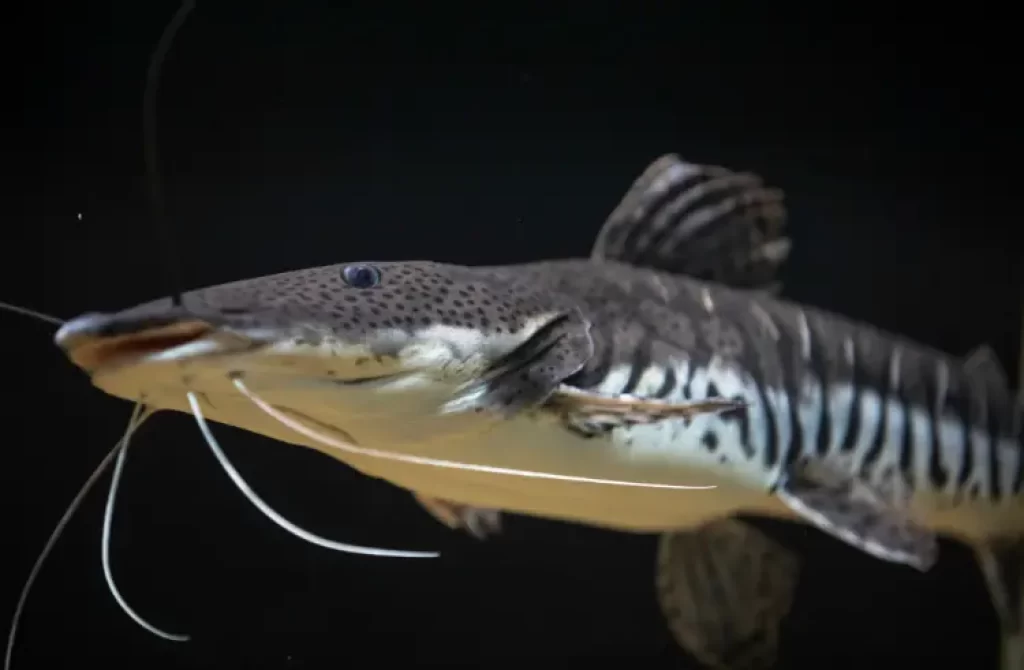
Catfish are opportunistic feeders and have adapted to eat a wide range of prey items. Here are some of the most common types of food consumed by catfish:
Insects and Other Invertebrates
Insects and other invertebrates make up a significant portion of many catfish diets, especially for smaller species.
Catfish use their barbels, which are sensitive whisker-like organs, to detect and locate prey items, such as mayflies, caddisflies, and terrestrial insects like grasshoppers and ants.
Once the prey is detected, catfish use their powerful jaws and teeth to capture and consume the prey.
Crustaceans
Crustaceans, such as crayfish and shrimp, are also commonly consumed by catfish. These prey items are often found in or near the bottom of the water, and catfish may use their barbels and sense of smell to locate them.
Once detected, catfish will use their powerful jaws to crush the hard exoskeletons of crustaceans and extract the soft tissue inside.
Small Fish
Small fish are also a common prey item for larger catfish species, such as flathead and blue catfish. These catfish will often hunt in deeper water, using their keen senses to locate schools of fish.
Once a suitable target is identified, catfish will use their speed and agility to chase down and capture their prey, often swallowing them whole.
Plant Material
In addition to animal prey, some catfish species may also consume plant material. For example, the omnivorous channel catfish may feed on aquatic vegetation and algae, particularly when animal prey is scarce.
How Catfish Catch and Consume their Prey
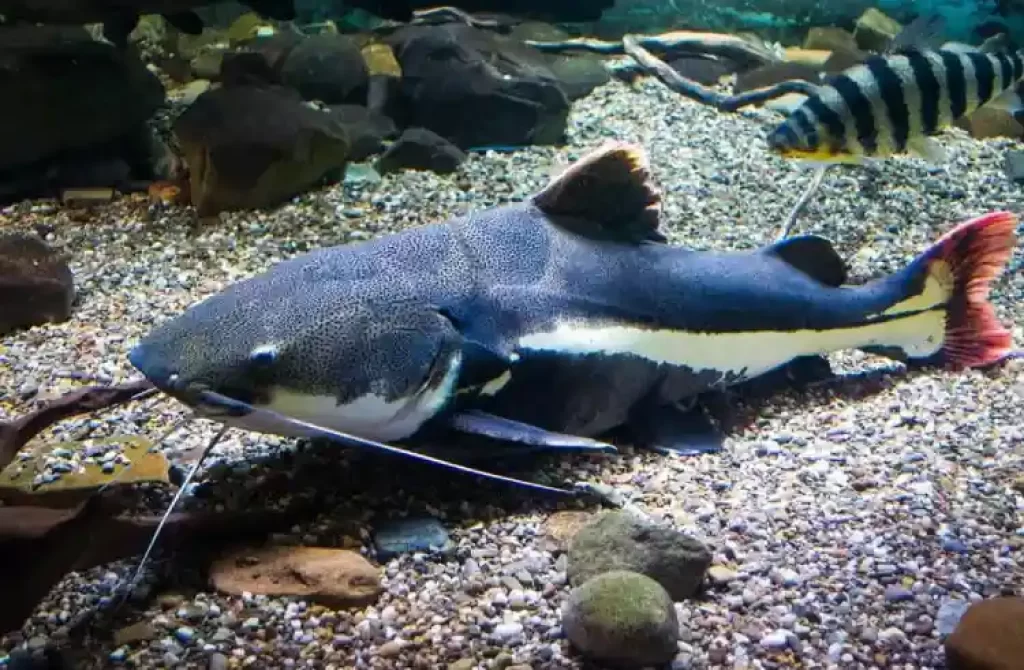
Catfish are successful predators due to their physical and behavioral adaptations. Here are some of the ways catfish catch and consume their prey:
Senses
Catfish have highly developed senses that help them detect prey items, even in challenging environments.
Their barbels, sensitive whisker-like organs located near the mouth, are specialized for detecting vibrations and chemical cues in the water, making them highly effective at locating prey in murky water or low-light conditions.
Additionally, catfish have a highly developed sense of smell, which allows them to detect prey from a distance. These sensory adaptations make catfish skilled hunters, even in environments where visibility is limited.
Speed and Agility
Catfish may not be known for their speed, but some larger species, such as flathead and blue catfish, are capable of impressive bursts of speed when pursuing prey.
Additionally, catfish are highly agile swimmers, able to quickly change direction and adjust their movements to catch fast-moving prey. This combination of speed and agility makes catfish formidable predators in their environments, allowing them to successfully hunt a wide range of prey.
Swallowing Prey Whole
Catfish are famous for their ability to swallow prey whole, which is made possible by their unique anatomy. Catfish have expandable stomachs that allow them to consume prey items much larger than their mouth.
When a catfish captures a prey item, it will often use suction to draw the prey into its mouth before swallowing it whole.
This method of feeding is highly efficient and allows catfish to consume a wide range of prey, from small insects to larger fish. However, it also makes them vulnerable to ingesting non-food items, such as plastic or other debris, which can have negative impacts on their health.
Overall, these adaptations have made catfish an important component of many aquatic ecosystems and contributed to their popularity as a sport fish and food source.
Factors that Affect Catfish Diets
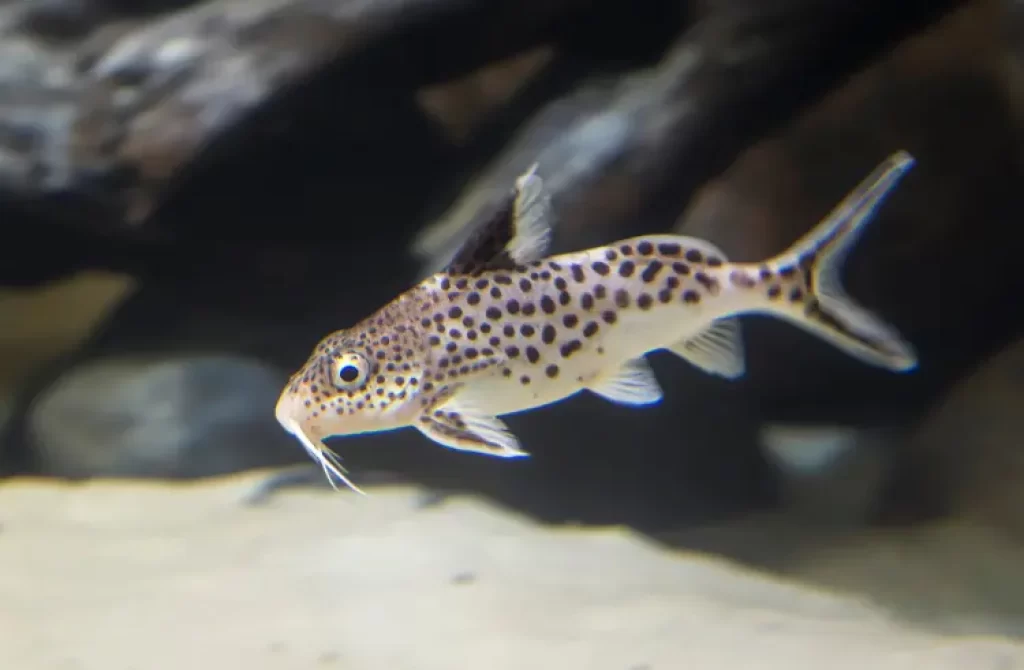
Catfish diets can be influenced by a variety of factors, including their age, size, and habitat. Understanding these factors is essential for gaining insight into what catfish eat and how their diets may change over time.
Age
Like many species, catfish diets can vary depending on their age. Young catfish may feed primarily on small invertebrates, while larger individuals may shift to a diet of larger prey items, such as other fish or crustaceans.
The nutritional requirements of catfish also change as they age, with younger individuals requiring more protein and fat for growth and development.
Size
The size of a catfish can also have a significant impact on their diet. Larger catfish are typically better able to catch and consume larger prey items, which can lead to changes in their diets over time.
Additionally, larger catfish require more food to sustain themselves, which can lead to changes in their feeding habits as they grow.
Habitat
The habitat in which catfish live can also influence their diets. Catfish that live in rivers or streams may feed on different prey items than those that live in lakes or ponds. Additionally, changes in habitat can lead to changes in catfish diets over time.
For example, if a river becomes polluted or a lake experiences changes in water chemistry, the types of prey available to catfish may change, leading to shifts in their diets.
Changes over Time
As catfish age, grow, and experience changes in their habitats, their diets may shift over time. For example, a catfish that feeds primarily on small invertebrates as a juvenile may shift to a diet of larger prey items as it grows larger.
Similarly, changes in habitat or environmental conditions can lead to changes in catfish diets. Understanding these changes is important for managing catfish populations and ensuring their long-term survival.
By taking into account these factors that can influence what catfish eat, it is possible to gain a better understanding of their dietary habits and how these may change over time.
This knowledge can be valuable for both researchers and fisheries managers looking to promote the health and sustainability of catfish populations.
Catfish Diet in Different Environments

Catfish are a diverse group of fish that can be found in a variety of aquatic environments, from rivers and lakes to oceans and even swamps.
With such a wide range of habitats, it’s no surprise that catfish have evolved to eat a variety of foods depending on where they live.
In this section, we’ll take a closer look at how catfish diets can vary depending on the type of environment they live in and explore some specific examples of catfish species and their preferred foods.
Catfish Diets in Rivers
Rivers are home to a variety of prey items for catfish, and their diets reflect this diversity. Catfish in rivers are known to consume insects, crustaceans, and smaller fish. Some species, like channel catfish, are opportunistic feeders that will consume a wide range of prey items, while others, like the flathead catfish, have more specific diets.
For example, the channel catfish is a common species found in rivers throughout North America. They have been known to consume everything from aquatic insects and crustaceans to small fish and even carrion.
In contrast, the flathead catfish is a more specialized predator that primarily feeds on live fish. Their preferred prey includes species like sunfish, bass, and other smaller catfish.
The differences in diets between these two species reflect their different hunting strategies. Channel catfish are more likely to scavenge for food or consume whatever prey is readily available, while flathead catfish use their stealth and strength to ambush and capture live fish.
Prey items consumed by catfish in rivers:
- Insects
- Crustaceans
- Smaller fish
Catfish Diets in Lakes
Lakes offer a more varied diet for catfish compared to rivers due to the presence of both plant and animal material. Catfish in lakes have been known to consume insects, crayfish, worms, snails, and a variety of fish species. In some cases, they may even consume small mammals like mice that accidentally fall into the water.
Some specific examples of lake-dwelling catfish species and their diets include:
- Channel Catfish: This species is commonly found in lakes and reservoirs and has a diet that includes insects, crayfish, and small fish. They are also known to consume plant material such as algae and aquatic vegetation.
- Flathead Catfish: These predators have a varied diet that includes crayfish, freshwater clams, and other fish. Flathead catfish are also known to consume small mammals like muskrats and beavers.
- Blue Catfish: This species is known for its large size and voracious appetite. Blue catfish consume a variety of prey items, including crustaceans, insects, and fish.
The diet of catfish in lakes can differ from those in rivers due to the presence of different prey items. In lakes, catfish have access to a greater variety of food sources, including plant material.
This allows them to have a more diverse diet compared to catfish in rivers, which are primarily reliant on fish and other aquatic animals. Additionally, catfish in lakes may be able to grow larger due to the abundance of food available to them.
Catfish Diets in Oceans
Catfish in oceanic environments have a different diet than those in freshwater habitats due to the different types of prey available to them.
One of the primary prey items for ocean-dwelling catfish is crustaceans. They also consume a variety of other marine invertebrates, including mollusks, squid, and shrimp. Some catfish species have also been known to feed on smaller fish that inhabit coastal areas.
Examples of ocean-dwelling catfish species include the saltwater catfish and the hardhead catfish. The saltwater catfish is found in the Atlantic Ocean and feeds on shrimp, small fish, and crustaceans.
The hardhead catfish is found in the Gulf of Mexico and feeds on shrimp, crab, and small fish.
The diet of catfish in oceanic environments can differ significantly from those in rivers and lakes due to the differences in available prey items. Additionally, ocean-dwelling catfish may face different environmental pressures and have different behavioral adaptations than their freshwater counterparts.
Is catfish scavenger?
Yes, catfish are known to be opportunistic feeders and will scavenge for food if necessary. They will eat a wide variety of prey items including insects, crustaceans, small fish, and even carrion. Some species of catfish are particularly well-known for their scavenging habits, such as the channel catfish.
Do catfish eat other catfish?
Yes, some catfish species do eat other catfish, especially larger species like flathead and blue catfish. In fact, cannibalism is not uncommon among catfish when they are in a situation where food is scarce or competition for resources is high.
They will not only eat smaller catfish, but also members of their own species if they are hungry enough. However, it’s important to note that not all catfish are cannibalistic, and their diets can vary greatly depending on their species, size, and habitat.
What Bait Do Catfish Eat?
Catfish are opportunistic feeders, meaning they will eat a wide variety of food items depending on what is available in their environment. Some common bait options for catfish include live or cut bait such as worms, minnows, shrimp, and chicken liver. However, catfish can also be caught on artificial lures such as soft plastic baits or jigs.
It is important to note that the type of bait used can vary depending on the species of catfish being targeted, as well as the time of year and specific fishing location. Researching local fishing regulations and consulting with experienced anglers can help determine the most effective bait options for a specific catfish fishing trip.
Related: Is Saltwater Catfish Safe to Eat? Discover the Answer in this Informative Article
Conclusion
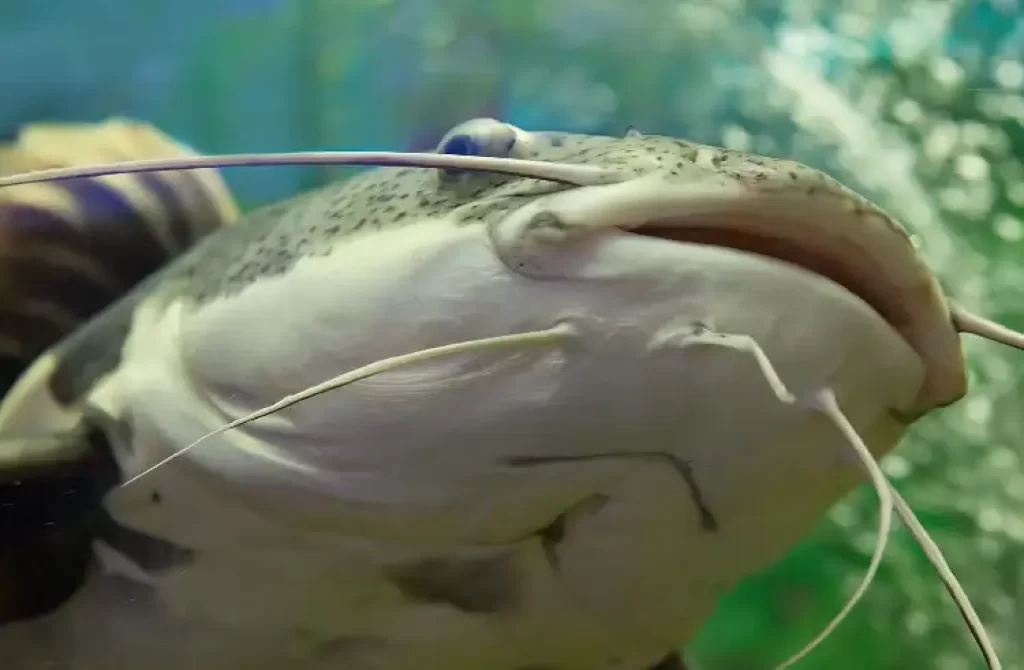
Catfish are opportunistic feeders that can consume a wide range of prey items, including insects, crustaceans, mollusks, and other fish. Their diets are influenced by various factors, including their habitat and the availability of prey.
Catfish in rivers tend to consume smaller prey items, while those in lakes have a more varied diet that can include both plant and animal material. Catfish in oceans primarily consume crustaceans, mollusks, and small fish.
If you’re interested in learning more about catfishes, we have a wealth of resources available on our website. Simply search for “catfish” to access our articles and educational materials on the topic.
For those interested in raising catfish themselves, it’s important to consider factors such as water quality, temperature, and the type of feed used to ensure that their catfish are healthy and well-fed. Doing research and consulting with experts in the field can help ensure a successful and sustainable catfish farming operation.
Additional resources
Here are some book recommendations for those who want to learn more about catfishes:
- “In-Fisherman Channel Catfish Fever: Handbook of Strategies” by Doug Stange
- Fishing for Catfish: The Complete Guide for Catching Big Channels, Blues and Flatheads by Keith Sutton
These books cover a range of topics related to catfishes and fishing in general. They can be great resources for anyone interested in learning more about catfish and how to fish them.
Frequently asked questions (FAQ) about catfish
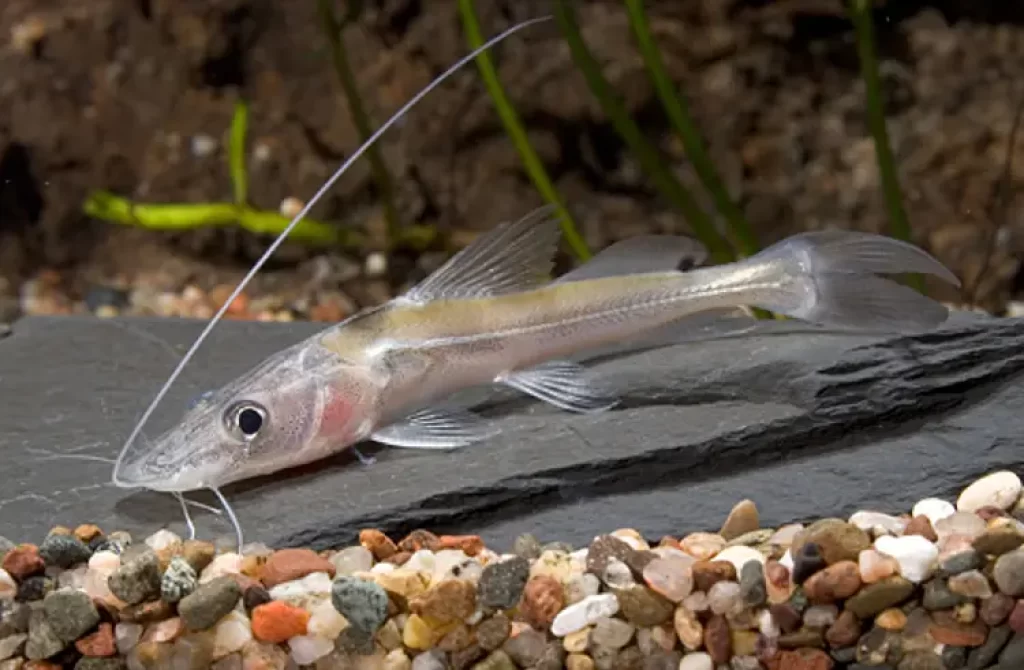
Q: What do catfish eat?
A: Catfish are omnivorous and will eat a variety of foods, including insects, crustaceans, mollusks, small fish, and even plant material.
Q: What is the best bait for catfish?
A: The best bait for catfish can vary depending on the species and the environment, but some popular options include worms, chicken liver, stink bait, and live baitfish.
Q: Where do catfish live?
A: Catfish can be found in a variety of aquatic environments, including rivers, lakes, ponds, and even oceans.
Q: How big do catfish get?
A: Catfish can vary in size depending on the species and environment, but some species can grow to be quite large. The Mekong giant catfish, for example, can grow up to 10 feet in length and weigh over 600 pounds.
Q: Are catfish good to eat?
A: Many people enjoy eating catfish, as they are known for their mild, white flesh. However, it is important to make sure that any catfish you consume is properly cleaned and cooked to avoid any potential health risks.
Q: Can catfish be raised in aquaculture?
A: Yes, catfish are a popular species for aquaculture and are often raised in ponds or tanks. They are known for their hardiness and ability to tolerate a variety of environmental conditions.






